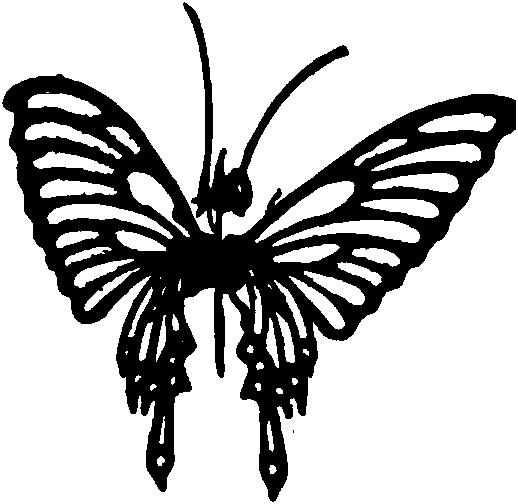A 3D printing method for tpv
A 3D printing, C-230 technology, applied in manufacturing auxiliary devices, processing data acquisition/processing, additive processing, etc., can solve problems such as inability to achieve 3D printing
- Summary
- Abstract
- Description
- Claims
- Application Information
AI Technical Summary
Problems solved by technology
Method used
Image
Examples
Embodiment 1 and Embodiment 2
[0022] Embodiment 1 and embodiment 2 raw materials:
[0023] Ethylene Propylene Rubber / Polypropylene Thermoplastic Vulcanizate (EPDM / PP)
[0024] Shandong Dawn Polymer Materials Co., Ltd.
[0025] Grade: 14-85A(1311)
[0026] Melt index: 47.5g / 10min, hardness: 85A
Embodiment 1
[0028] Set the temperature of the printer to 200°C, the moving speed of the nozzle during wire feeding is 30mm, and the moving speed of the nozzle without wire feeding is 50mm / s, and the temperature of the heating plate is 50°C. The feeding aperture is 1.6mm;
[0029] Start to feed the filament into the print nozzle, select the print mode, select the model, generate the print data, and wait for the temperature to rise before printing.
[0030] printed parts such as figure 1 shown.
Embodiment 2
[0032] Set the temperature of the printer to 230°C, the moving speed of the nozzle during wire feeding is 50mm, and the moving speed of the nozzle without wire feeding is 80mm / s, and the temperature of the heating plate is 70°C. The feeding aperture is 1.8mm;
[0033] Start to feed the filament into the print nozzle, select the print mode, select the model, generate the print data, and wait for the temperature to rise before printing. printed parts such as figure 2 shown.
PUM
| Property | Measurement | Unit |
|---|---|---|
| melt flow index | aaaaa | aaaaa |
| melt flow index | aaaaa | aaaaa |
| hardness | aaaaa | aaaaa |
Abstract
Description
Claims
Application Information
 Login to View More
Login to View More - R&D
- Intellectual Property
- Life Sciences
- Materials
- Tech Scout
- Unparalleled Data Quality
- Higher Quality Content
- 60% Fewer Hallucinations
Browse by: Latest US Patents, China's latest patents, Technical Efficacy Thesaurus, Application Domain, Technology Topic, Popular Technical Reports.
© 2025 PatSnap. All rights reserved.Legal|Privacy policy|Modern Slavery Act Transparency Statement|Sitemap|About US| Contact US: help@patsnap.com



